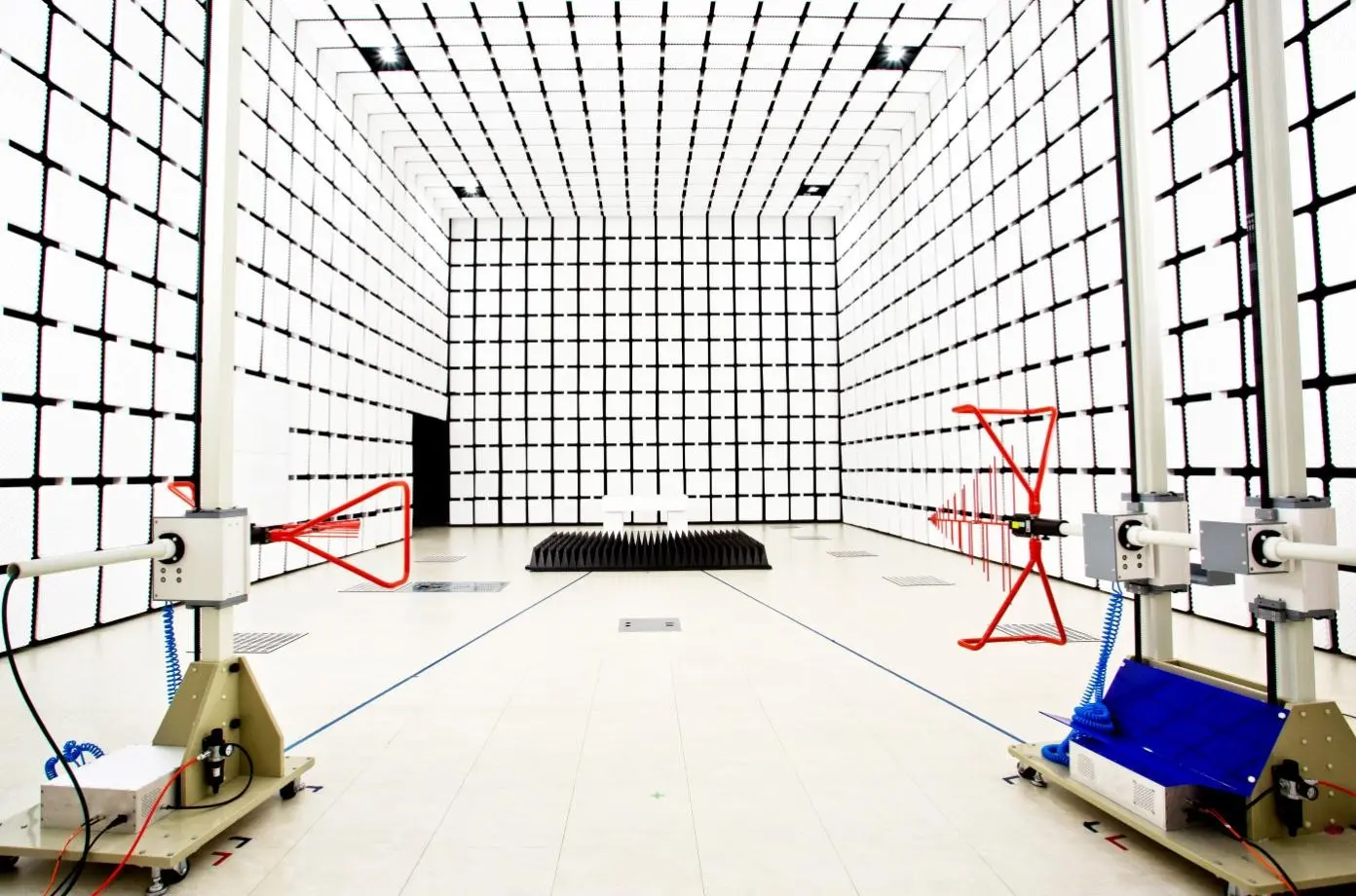
Required Certifications for Exporting Wireless Products
With the development and popularization of IoT, wireless products bring convenience while posing challenges to national radio management, interference, and radiation. Therefore, countries have implemented strict regulations for wireless products. Below is an overview of wireless certification requirements in various regions.

European Union: CE certification
- Directive: CE-RED (2014/53/EU); High voltage products also require CE-LVD and CE-EMC directives.
- Details: CE-RED is the EU certification for wireless products. Effective since June 12, 2014, under Directive 2014/53/EU.
- Application Process:
1. JJR Laboratory in China provides a quotation.
2. Sign the contract, submit required documents, ship samples, and pay fees.
3. Testing by JJR Lab; issues corrected if necessary.
4. Certification issued after passing tests; optional NB certificate upon request.
United States: fcc id Certification
- Regulator: Federal Communications Commission (FCC).
- Purpose: Ensures wireless products do not interfere with other devices and meet safety standards.
- Application Process:
1. JJR Laboratory provides a quotation.
2. Sign contract, submit documents, and ship samples.
3. Obtain FRN and Grantee Code (if first-time applicant).
4. Conduct tests; resolve issues if any.
5. Receive FCC ID certificate and reports for product labeling.
Canada: ised certification
- Regulator: Innovation, Science and Economic Development Canada (ised).
- Application Process:
1. JJR Laboratory provides a quotation.
2. Sign contract, submit documents, and ship samples.
3. Obtain a permanent Company Number (if first-time applicant).
4. Conduct tests; resolve issues if any.
5. Receive ic id certificate for labeling.
China: srrc certification
- Regulator: Ministry of Industry and Information Technology (MIIT).
- Purpose: Model approval for wireless transmitting equipment.
- Application Process:
1. JJR Laboratory provides a quotation.
2. Submit documents and samples (3 engineering prototypes + 1 finished product).
3. Conduct pre-tests, followed by official tests in SRRC-designated labs.
4. Obtain srrc certificate.
Japan: Wireless Certification
- Regulation: Radio Law.
- Authority: TELEC, the main certification body approved by MIC.
- Application Process:
1. JJR Laboratory provides a quotation.
2. Submit documents and samples.
3. Conduct tests; resolve issues if any.
4. Submit reports to the Japanese certification authority for the certificate.
South Korea: kcc certification
- Authority: Radio Research Agency (RRA).
- Scope: Products with technologies like WiFi, Bluetooth, mobile communication, and RFID.
- Application Process:
1. JJR Laboratory provides a quotation.
2. Submit documents and samples.
3. Conduct pre-tests and final tests in Korean labs.
4. Receive KCC certification.
Australia/New Zealand: rcm certification
- Regulation: Compliance with electrical safety and EMC laws under the Australian and New Zealand Radiocommunications Acts.
- Application Process:
1. JJR Laboratory provides a quotation.
2. Submit documents and samples.
3. Conduct pre-tests; resolve issues if any.
4. Submit reports for certification and registration.
For inquiries about certifications for other countries like Brazil, the Philippines, and Vietnam, contact JJR Laboratory for assistance.
Email:hello@jjrlab.com
Write your message here and send it to us
 Energy Storage Battery Brazil Inmetro Certificatio
Energy Storage Battery Brazil Inmetro Certificatio
 Southeast Asia Compliance Requirements for EV Char
Southeast Asia Compliance Requirements for EV Char
 Brazil ANATEL & INMETRO Certification Guide
Brazil ANATEL & INMETRO Certification Guide
 Automotive-Grade Active Crystal AEC-Q200 Certifica
Automotive-Grade Active Crystal AEC-Q200 Certifica
 How to Comply with EU GPSR
How to Comply with EU GPSR
 U.S Cosmetics Require FDA Registration for Customs
U.S Cosmetics Require FDA Registration for Customs
 Interpretation of IEC/EN/AS 62477-1:2022 Standard
Interpretation of IEC/EN/AS 62477-1:2022 Standard
 What is Amazon TIC and How Can Sellers Achieve Com
What is Amazon TIC and How Can Sellers Achieve Com
Leave us a message
24-hour online customer service at any time to respond, so that you worry!




